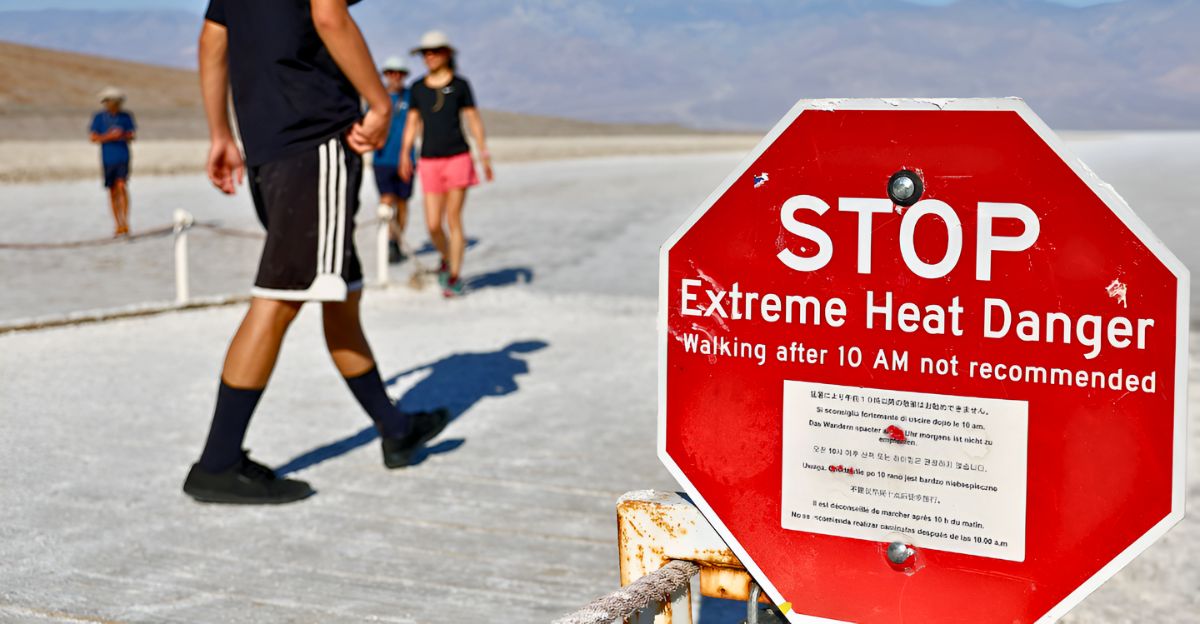
In just two days, a massive heat dome will send temperatures soaring to 105°F across four key U.S. states. Meteorologists are already calling it “the most significant heat wave of 2025.”
But this is not your typical summer heat because over 255 million people will be trapped under dangerous conditions, with some areas facing their hottest weather in decades.
On top of that, the Atlantic hurricane season is heating up fast, setting the stage for a collision of climate extremes. This heat wave is a high-stakes moment for power grids, agriculture, and vulnerable communities.
Here’s why these four states are at the center of it all, and what the next week reveals about America’s growing climate risks.
1. Nevada
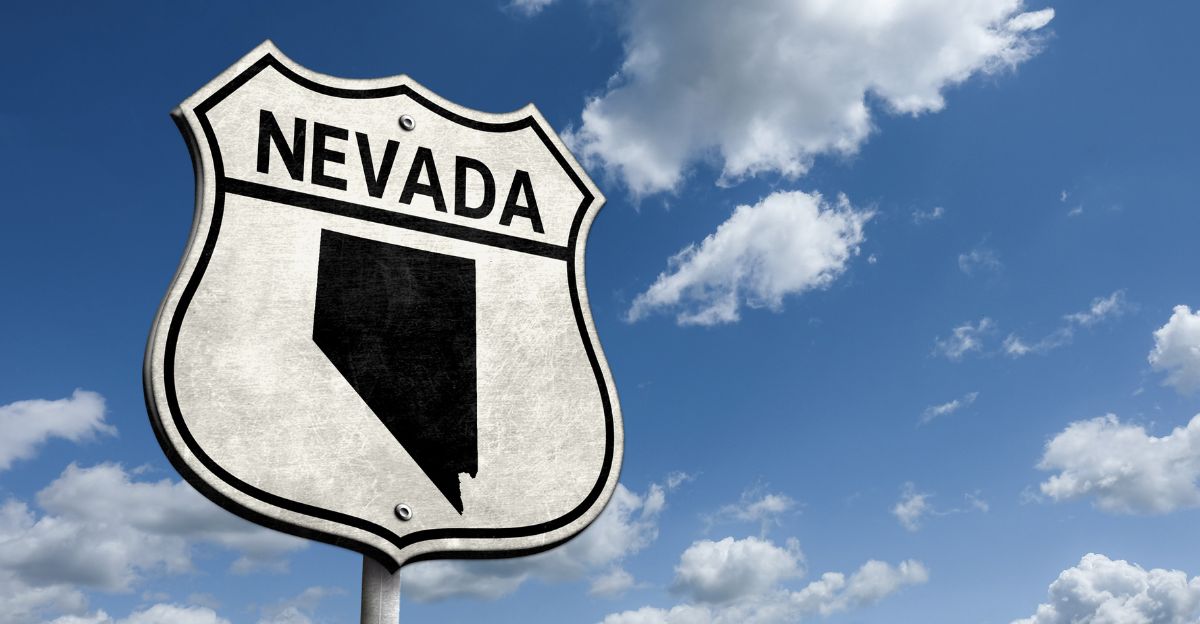
Nevada is at the heart of this unfolding crisis, with Death Valley expected to see to scorching 118°F.
According to the National Weather Service, southern Nevada faces “major” to “extreme” heat risks. Even more alarming is how early this is happening; these temperatures usually arrive later in the season.
Urban heat island effects will make it worse, with streets and sidewalks hot enough to cause burns in seconds. With 3.1 million residents at risk, the state’s energy grid, hospitals, and emergency responders will be pushed to the limit.
2. Arizona
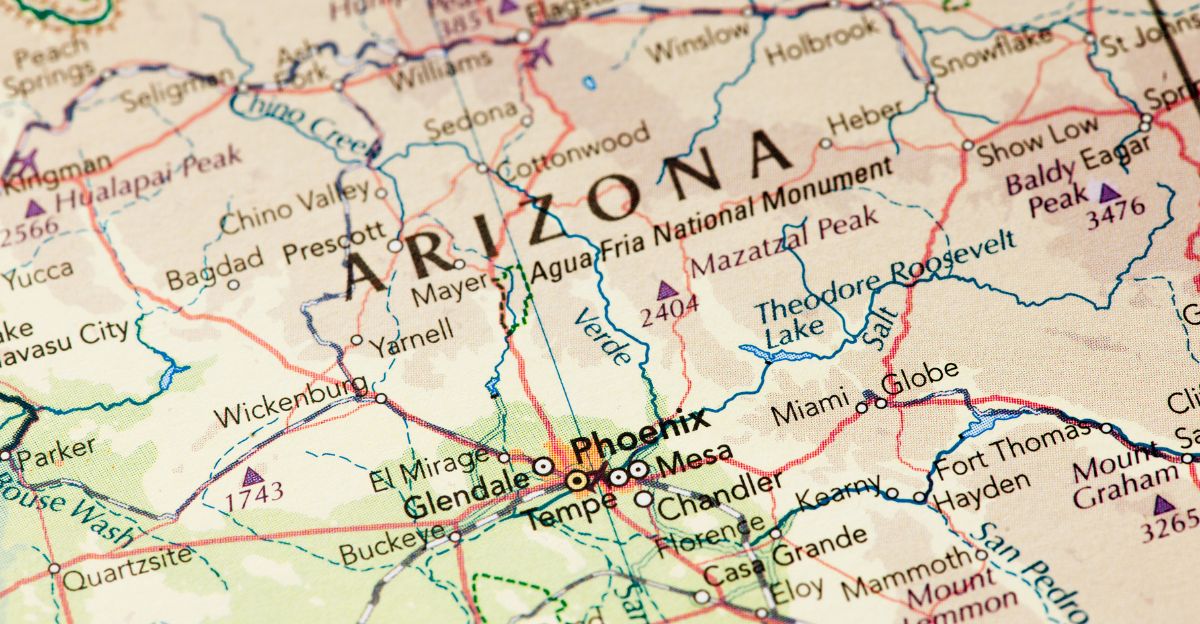
Arizona is gearing up for what forecasters say could be its hottest day yet, with Phoenix expected to reach 110°F or higher in some desert zones. Temperatures are already running 5 to 10 degrees above normal, levels meteorologists call “significantly above average” and dangerous for anyone outdoors without proper protection.
The state’s unique challenge? Dense, fast-growing cities built in punishing desert heat. Metro Phoenix alone is home to nearly 5 million people. Even with infrastructure designed for high temperatures, prolonged heat over 110°F pushes systems to the brink.
Last year, Maricopa County confirmed 602 heat-related deaths. This time, it’s potentially lethal, and a key test for how cities adapt as extreme heat becomes the new normal.
3. California

California’s Central Valley, which produces over a third of the nation’s vegetables and more than 75% of its fruits and nuts, is facing 105°F temperatures that put crops and workers at serious risk.
The National Weather Service warns that this heat wave could make already dangerous farm conditions even more hazardous for the hundreds of thousands who power America’s food system. Extreme heat and humidity will push heat index values even higher, raising the danger for outdoor labor.
While the state’s energy grid has improved, officials say sustained heat could still strain capacity as millions seek relief. How California responds will ripple through supply chains, grocery prices, and communities across the country.
4. Texas

Texas is staring down widespread 105°F temperatures, and its big cities will bear the brunt. Houston, Dallas, and San Antonio are expected to experience extreme urban heat effects, with concrete and asphalt pushing “feels like” temps up to 115°F.
Add Gulf humidity to the mix, and the situation gets even more dangerous. The state’s independent power grid, which has struggled in past weather crises, is already near max capacity. Earlier this season, San Angelo hit 111°F and Del Rio reached 109°F. With 30 million residents in the heat’s path, Texas may be facing a dress rehearsal for long-term climate strain.
Why This Summer’s Ocean Activity Changes Everything
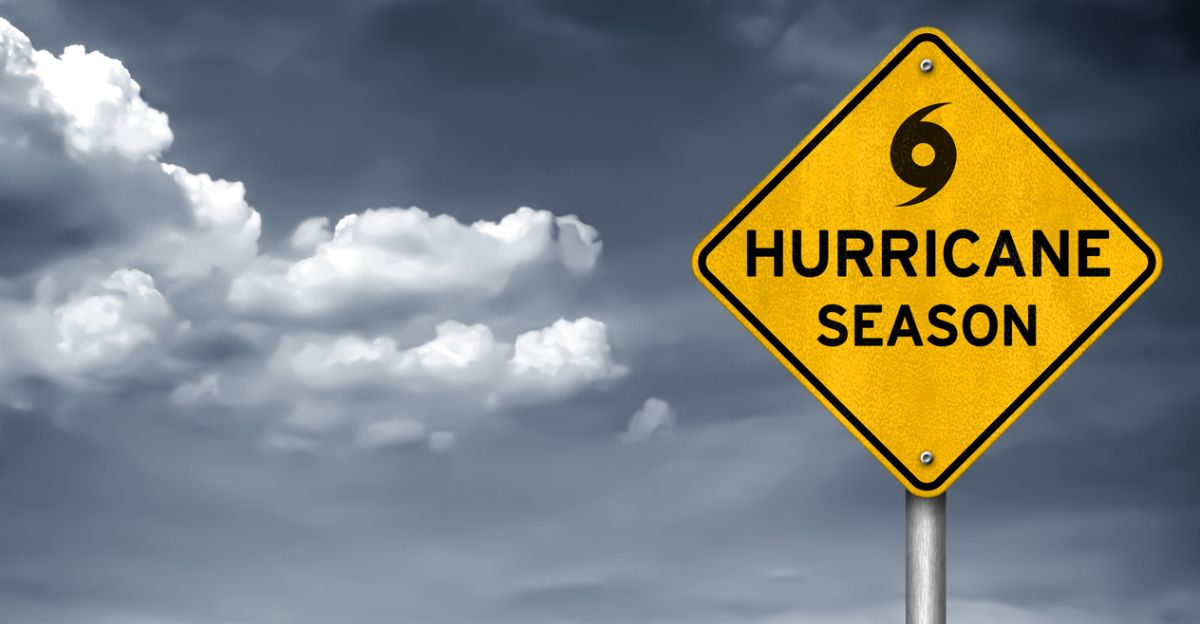
As America faces triple-digit heat, the Atlantic is already showing signs of an unusually active hurricane season. Multiple tropical disturbances are moving across the Caribbean and Gulf, with the Intertropical Convergence Zone shifting north, often a sign of more frequent storm development. And the timing matters.
With ocean temperatures running high and land temps hitting 105°F, conditions are primed for rapid tropical growth. The National Hurricane Center is watching at least two waves closely, and forecast models show a major uptick in activity across the Atlantic. This one-two punch, land heat plus active oceans, could make this summer one of the most volatile in recent memory.
When Atlantic Storms Peak—and Why That’s Changing

Hurricane season officially runs from June to November, but most assume real danger starts later. This year, that logic may not hold. Tropical activity is already ramping up, and the first named storm typically forms in mid to late June.
Combined with the current heat wave, that early action points to a dangerous shift in seasonal timing. The usual hurricane peak is September 10, when oceans are warmest and atmospheric conditions align.
But forecasters are tracking multiple early systems now, stacking heat stress with tropical risk. That overlap creates a new kind of emergency: more intense, more sudden, and harder to prepare for.
Stay Informed
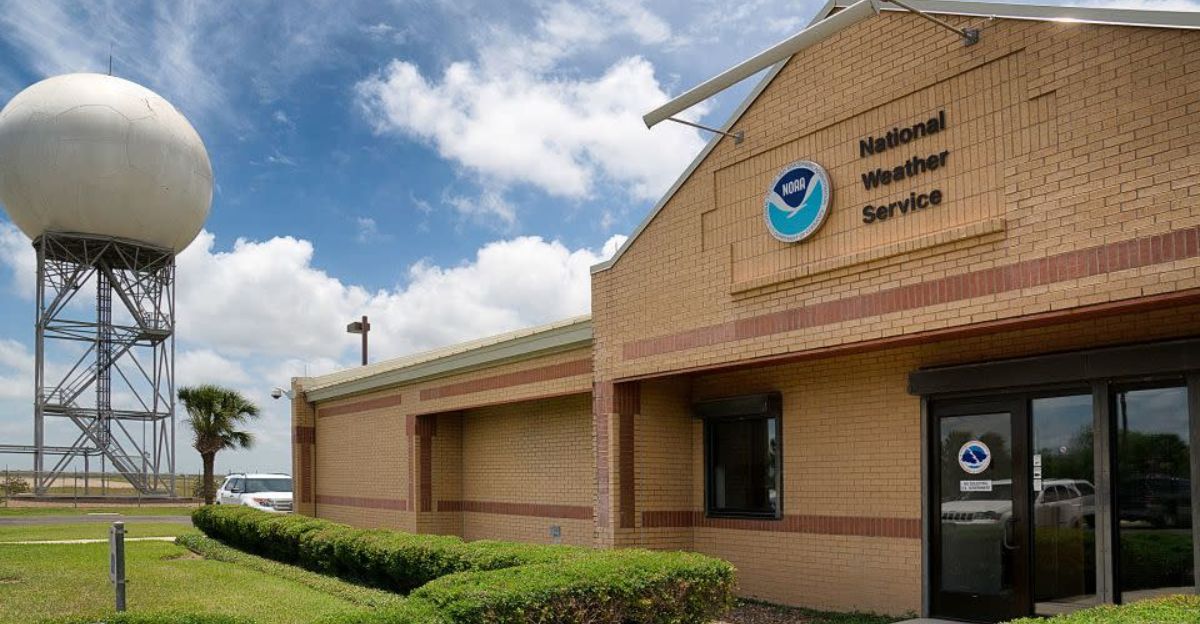
When temperatures spike to 105°F, timing is everything, and real-time alerts can make all the difference. The National Weather Service uses IPAWS to send emergency texts straight to your phone, warning you of threats like excessive heat or severe storms. These alerts have a 98% open rate, far higher than emails or app notifications. Y
ou can also sign up through the FEMA app, NOAA Weather Radio, or local emergency services to get updates on power outages, cooling centers, and evacuations. The key is preparation. Once the heat hits, it’s too late to sign up. Do it now, and stay ahead of the danger.
How to Stay Safe When 105°F Hits

Heat is the deadliest weather hazard in the U.S., killing hundreds each year. When triple-digit temperatures linger day and night, especially with high humidity, those without air conditioning face real danger. City dwellers, the elderly, and people with chronic illness are most at risk.
Check in on loved ones. Limit time outside during peak afternoon hours. If you must be out, take frequent breaks, avoid strenuous activity, stay hydrated, and wear light, breathable clothing. These steps might seem small, but they’re lifesaving. During extreme heat, your body works overtime. Don’t wait for symptoms to hit. Protect yourself and help others do the same.
The Next 72 Hours

Friday marks the official start of summer, and it’s coming in hot. Temperatures across the Central Plains and Midwest are already near 100°F, and it only gets worse from here.
Saturday and Sunday are the danger zone, with heat indexes topping 110°F in cities from Denver to D.C. Nights won’t offer much relief either. By Monday and Tuesday, the heat will shift toward the Northeast and Mid-Atlantic, where cities like New York and Philadelphia could see their first 100-degree days in years.
While northern areas may cool by midweek, much of the country will still be sweating it out. The pressure on infrastructure will be massive.
Why 105 Degrees Is Just the Beginning

Research confirms that climate change is driving more intense, frequent, and longer-lasting heat waves. Between May 2024 and May 2025, over 4 billion people worldwide endured at least 30 days of extreme heat. The United States isn’t immune to this.
From food production to energy reliability, every aspect of daily life will need to adapt. The dangerous overlap of heat waves and storm seasons shows we’re entering an era of compound risks. And that means change isn’t optional.
This week’s heat emergency offers a warning, yes, but also a window. There’s still time to adapt, but not much.
Explore more of our trending stories and hit Follow to keep them coming to your feed!

Don’t miss out on more stories like this! Hit the Follow button at the top of this article to stay updated with the latest news. Share your thoughts in the comments—we’d love to hear from you!







